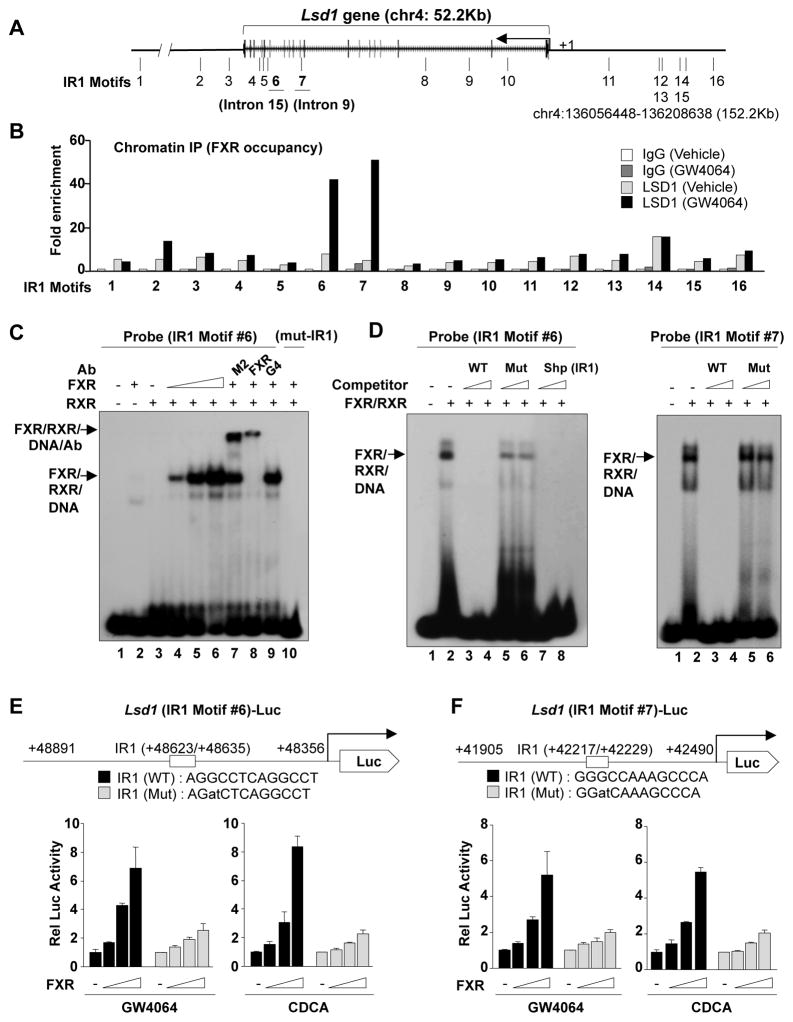Fig. 1. Pharmacologically activated FXR directly binds to IR1 motifs in the Lsd1 gene.
(A) IR1 motifs detected within the 50 kb Lsd1 gene and 50 kb of flanking regions. (B) ChIP: Mice were treated with GW4064 or vehicle for 3 h, livers were pooled from 3 mice, and FXR occupancy to the IR1 motifs was detected by ChIP. (C, D) Gel mobility shift assays were performed using partially purified flag-FXR and flag-RXR, and a probe containing the IR motif #6, in presence or absence of antibody (C) or competitor oligonucleotides (D) as indicated. (E, F) Cos-1 cells were transfected with a luc-reporters containing Lsd1 IR1 motif #6 (E) or #7 (F) and expression plasmids as indicated, and 36 h later, the cells were treated with GW4064 (200 nM) or CDCA (50 μM) overnight and reporter assays were performed. The mean and SEM (n=3) are plotted. Consistent results were observed in 2 independent triplicate reporter assays.

